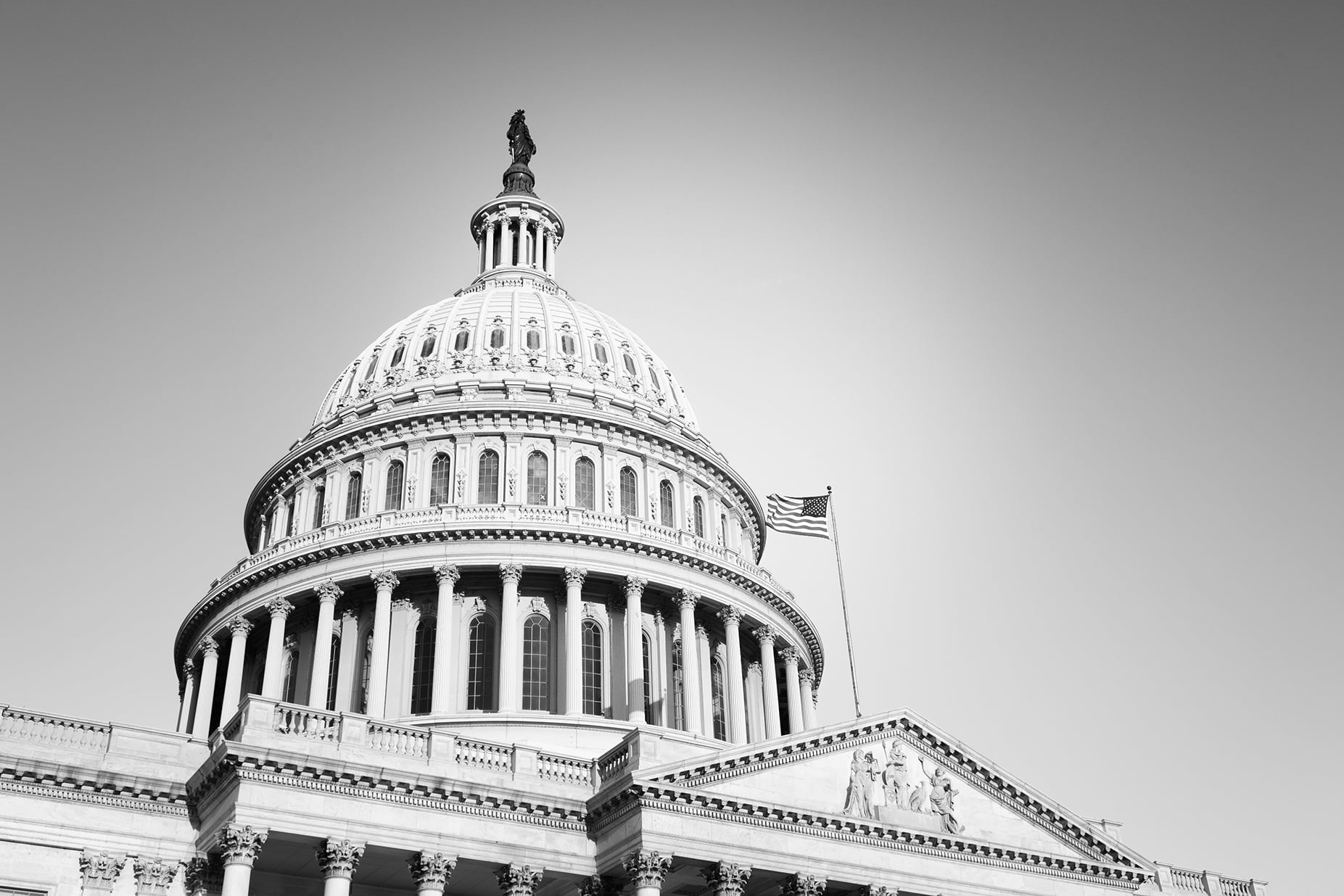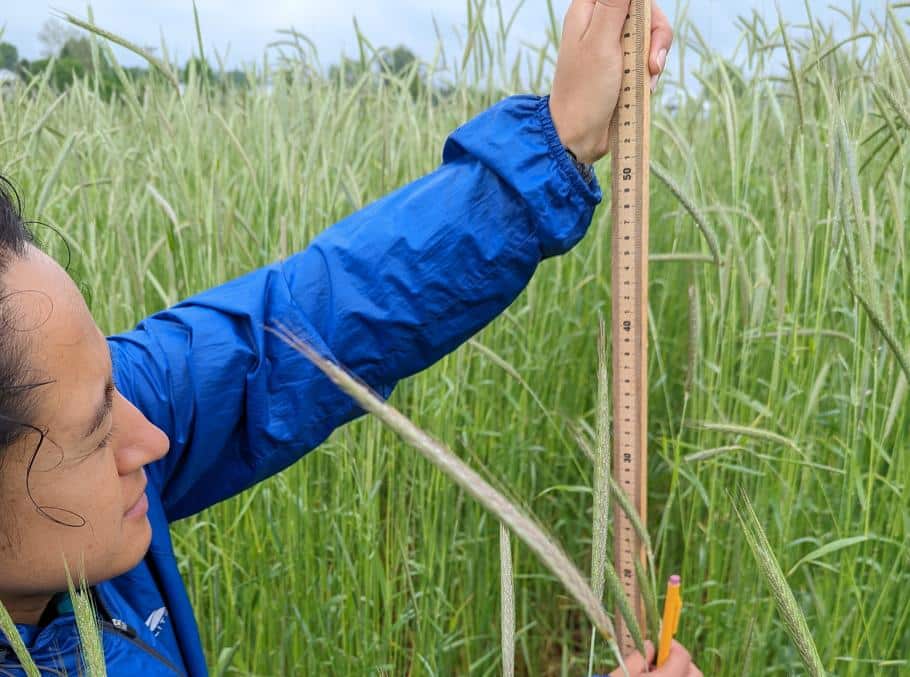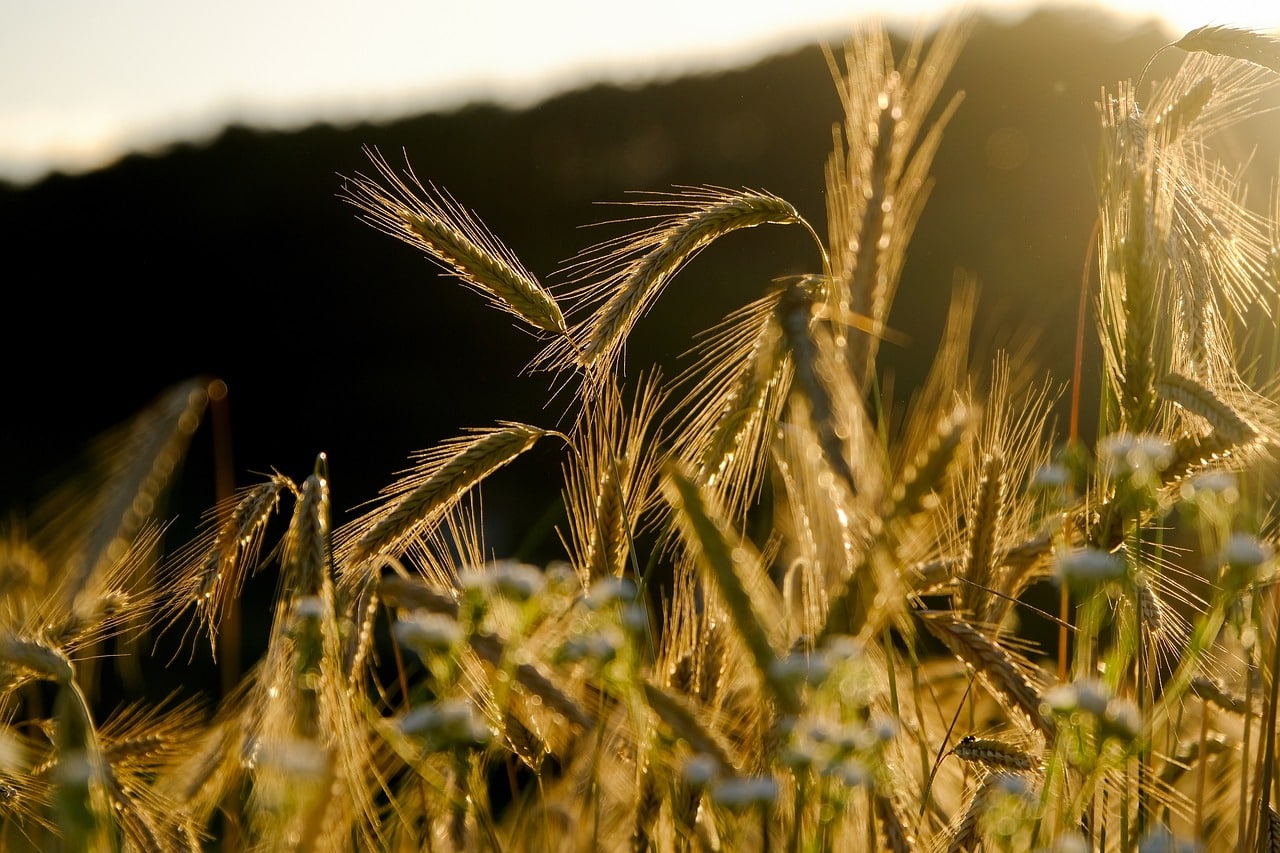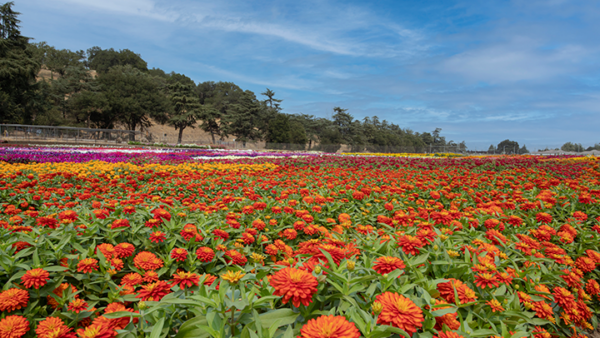U.S. Sens. John Thune (R-S.D.), a member of the Senate Agriculture Committee, and Debbie Stabenow (D-Mich.), chairwoman of the Senate Agriculture Committee, reintroduced the Cover Crop Flexibility Act, legislation to remove the prohibition on harvesting or grazing cover crops on prevented plant acres prior to November 1 and allow this flexibility outside of the primary nesting season.
This legislation was inspired by Thune and Stabenow’s 2019 effort that led the U.S. Department of Agriculture (USDA) to make an administrative change that allowed for penalty-free haying and grazing, which significantly benefited states like South Dakota and Michigan. In 2020, Thune and Stabenow again requested that USDA move up the November 1 date to September 1, but the department only provided flexibility in certain counties in South Dakota and North Dakota. This bill would provide a permanent solution to this issue and create greater certainty for U.S. producers.
South Dakota producers have faced difficult growing conditions in recent years, and the November 1 rule for cover crops on prevented plant acres only made the situation more difficult,” says Thune. “I’m proud to again team up with Senator Stabenow to re-introduce the Cover Crop Flexibility Act, which would remove the November 1 date restriction. This common-sense legislation would help address a barrier to cover crop adaptation and level the playing field for producers in northern states like South Dakota.”
“Planting cover crops is an important way farmers can improve their land and address the climate crisis,” says Stabenow. “When extreme weather causes farmers to miss a planting season, farmers aren’t able to grow beneficial cover crops without facing a crop insurance penalty. This commonsense change permanently fixes that problem and is a win for the environment and for farmers.”
The legislation is also cosponsored by Sens. Bob Casey (D-Penn.), Mike Rounds (R-S.D.), and Tina Smith (D-Minn.).
The Cover Crop Flexibility Act would:
- Remove a prohibition on grazing or harvesting cover crops for hay or silage and eliminate an arbitrary date that allowed farmers with longer growing seasons more opportunities than those in northern states. Farmers would still have to plant cover crops on approved lists to prevent manipulation of the flexibility and avoid harvesting during the primary nesting season of local birds.
- Allow USDA to include cover crop seed costs when it sets the factor that is used to calculate the prevented planting indemnity. The current formula only allows USDA to consider pre-planting costs when setting the factor, so the cost of cover crop seed is a potential barrier for farmers who are already facing the effects of a natural disaster.
- Direct USDA to conduct a study to examine the extent that cover crops reduce risks of prevented planting and other crop insurance losses. If the study finds risk reductions, it allows USDA to adjust prevented planting factors or provide policies with appropriate lower premiums for farmers using cover crops.












